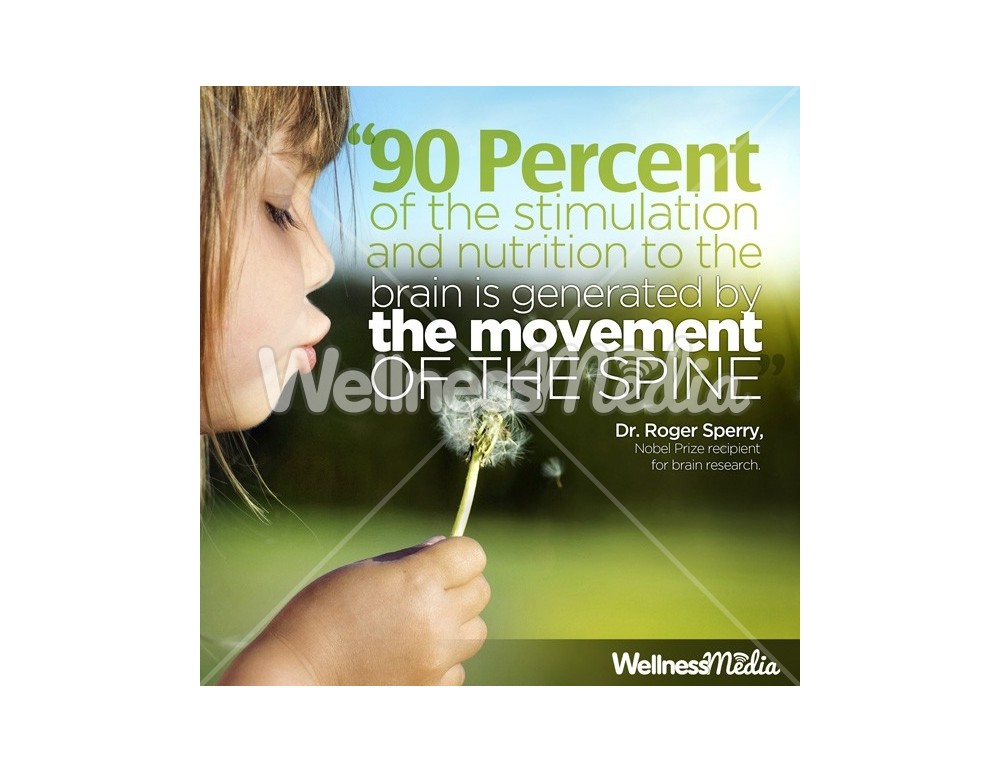Brace On Your Own For An Exploration Into The Exciting Mobile Interactions Of Cold Laser Therapy And Its Usage Of Light As A Healing Mechanism. Take A Deeper Study The Clinical Aspects!
Brace On Your Own For An Exploration Into The Exciting Mobile Interactions Of Cold Laser Therapy And Its Usage Of Light As A Healing Mechanism. Take A Deeper Study The Clinical Aspects!
Blog Article
Published By-Bendix Peters
You may have become aware of cold laser treatment as an appealing treatment alternative for various conditions, however have you ever asked yourself exactly how it actually deals with a cellular level? Recognizing the systems behind this treatment can shed light on its effectiveness in advertising healing and decreasing inflammation. By checking out the scientific research behind cold laser treatment, you'll get insights right into the fascinating methods which light can affect cellular procedures and assist in tissue repair work.
How Cold Laser Therapy Works
To recognize how cold laser therapy functions, you need to realize the essential principles of how light power engages with organic cells. just click the next site , also called low-level laser treatment (LLLT), utilizes specific wavelengths of light to pass through the skin and target underlying cells. Unlike the extreme lasers utilized in surgical procedures, cold lasers give off low degrees of light that do not generate warmth or create damage to the cells.
When cold laser therapy cpt code reach the cells, they're absorbed by parts called chromophores, such as cytochrome c oxidase in mitochondria. This absorption triggers a collection of organic feedbacks, consisting of enhanced mobile energy manufacturing and the launch of nitric oxide, which enhances blood flow and decreases inflammation.
Moreover, the light power can also promote the production of adenosine triphosphate (ATP), the energy money of cells, helping in mobile repair and regrowth processes.
Fundamentally, cold laser therapy utilizes the power of light energy to promote healing and reduce discomfort in a non-invasive and mild fashion.
Systems of Activity
Exactly how does cold laser therapy in fact function to create its healing impacts on organic cells?
Cold laser therapy, likewise referred to as low-level laser treatment (LLLT), runs through a process referred to as photobiomodulation. When the cold laser is applied to the skin, the light energy permeates the tissues and is absorbed by chromophores within the cells.
These chromophores, such as cytochrome c oxidase in the mitochondria, are after that boosted by the light power, causing a cascade of organic responses. One vital device of action is the enhancement of mobile metabolic rate.
The taken in light energy boosts ATP production in the mitochondria, which is essential for mobile feature and fixing. Furthermore, cold laser treatment helps to lower inflammation by preventing inflammatory mediators and promoting the release of anti-inflammatory cytokines.
This anti-inflammatory result contributes to pain alleviation and tissue healing.
Therapeutic Results
Recognizing the healing effects of cold laser therapy includes identifying exactly how the improved cellular metabolic process and anti-inflammatory homes add to its positive outcomes on organic cells.
When the cold laser is related to the affected location, it stimulates the mitochondria within the cells, leading to boosted production of adenosine triphosphate (ATP), which is vital for mobile feature and repair. This increase in cellular energy increases the healing process by promoting cells regrowth and reducing swelling.
Furthermore, the anti-inflammatory residential properties of cold laser therapy aid to lower pain and swelling in the targeted area. By inhibiting inflammatory conciliators and advertising the release of anti-inflammatory cytokines, cold laser therapy aids in easing pain and improving the total healing feedback.
This reduction in inflammation not just offers prompt alleviation but also sustains lasting tissue repair service.
Verdict
In conclusion, cold laser therapy functions by boosting mobile fixing and tissue regeneration with photobiomodulation. Its anti-inflammatory properties provide pain alleviation and lower swelling by preventing inflammatory arbitrators.
This treatment uses a detailed approach to recovery, providing both instant relief and long-term tissue repair work advantages.
Through its systems of action, cold laser treatment confirms to be an effective and encouraging therapy option for a range of problems.
